I threw a picnic in our garden the other day. We were busy with all…
Two favourite cakes of the British – recipes
Eating cakes is almost as important in Britain as drinking tea, more precisely having tea with cake is the best. According to a survey, most British people think everything can be solved over a nice cup of tea and a cake. The average Brit would eat cakes three times a week and would bake once a week. That explains why the “Great British Bake Off” is still one of the most popular programs on TV after 10 years.
Fine, but what is the favourite cake of the British?
When you go to a tearoom or a café you most certainly will find a lemon drizzle and a Victoria Sponge on the counter. In this post I am going to represent them, their history and share a recipe for both, that I have tried.
1) Victoria Sandwich Cake
This cake is generally referred to as “Victoria Sponge”, erroneously apparently. Its correct name is Victoria Sandwich.
Until 1843 heavy, fruity cakes (using raisins and sultanas, almost every Christmas cake and pudding contained the same ingredients) were made in Britain. When Alfred Bird invented baking powder, pound cakes (equal quantity of flour, sugar and butter) became popular. Not only the consistency of the cakes changed but their colour: the deep brown colour became golden yellow.
No wonder Queen Victoria fancied this fancy cake immediately (which then was named in her honour) and consumed the light, golden coloured sponge cake for afternoon tea with pleasure. However, originally, the cake started in the nursery! For safety reasons children were not given cakes containing seeds and/or fruits. Instead, a light spinge was served for them which was harmless. The cake then became popular amongst the adults as well.
Since the Edwardian era it was considered to be very middle class and would be consumed by families like Matthew Crawley’s in Downton Abbey. In the series of Downton Abbey you would only see this cake on Isobel Crawley’s table when she is having tea with Lord Merton.
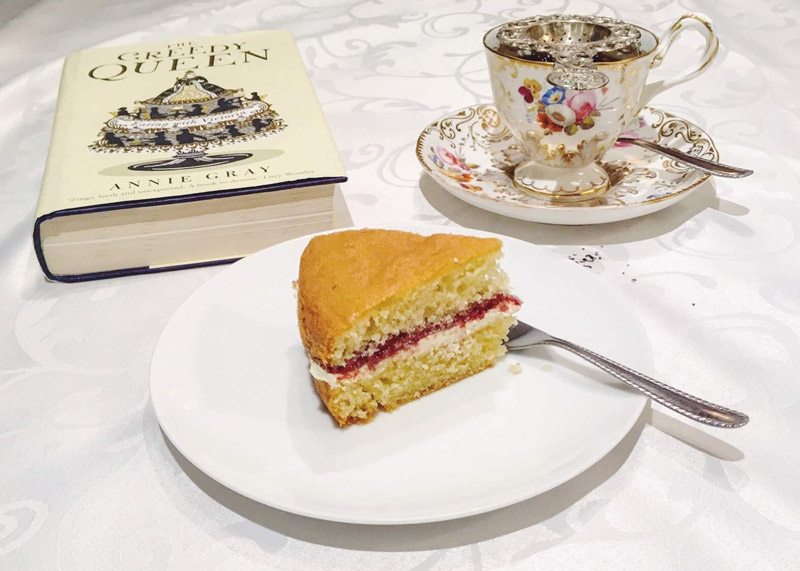
The cake consists of two round sponge cakes which are sandwiched together with strawberry jam traditionally. Modern versions of the filling include cream or buttercream, but Queen Victoria would have eaten hers with jam only. The top of the cake is dusted with icing sugar or sugar. When I came to England, I did not understand the big fuss about Victoria Sponge, but then I realised that the grandeur of this cake lies in its simplicity. Besides, this cake might be easy to make, but it is sensitive to cooking times and temperature. Therefore, oven manufacturers often test their ovens by making a Victoria Sponge.
Originally, the cakes were baked in two sandwich forms (still in use today) but because the two cakes never remain flat during baking, it is more difficult to sandwich them together. For this reason, it is easier to bake one thicker cake and cut it into half.
As for making the cake, the original method suggests mixing the butter, sugar and egg yolks first, then adding the flour gradually and folding in the whisked egg whites so that the mixture becomes light and airy. (This is the way I was taught by my grandmother and Mum to make a sponge cake.) The modern method is straight forward: just mix all the ingredients in a bowl for 2 minutes and that’s it.
2) Lemon drizzle
While we know the history of the Victoria Sandwich Cake, there is very little information available about the lemon drizzle which is currently the Number 1 favourite of the British. It is likely that the first lemon drizzle cake was made by a Jewish lady, Evelyn Rose in 1967.
Again, the lemon drizzle cake is very simple and is some kind of a basic tray bake, yet it is very delicious and refreshing especially with tea. The British certainly would rephrase the saying: If life gives you lemon, make a lemon drizzle cake!
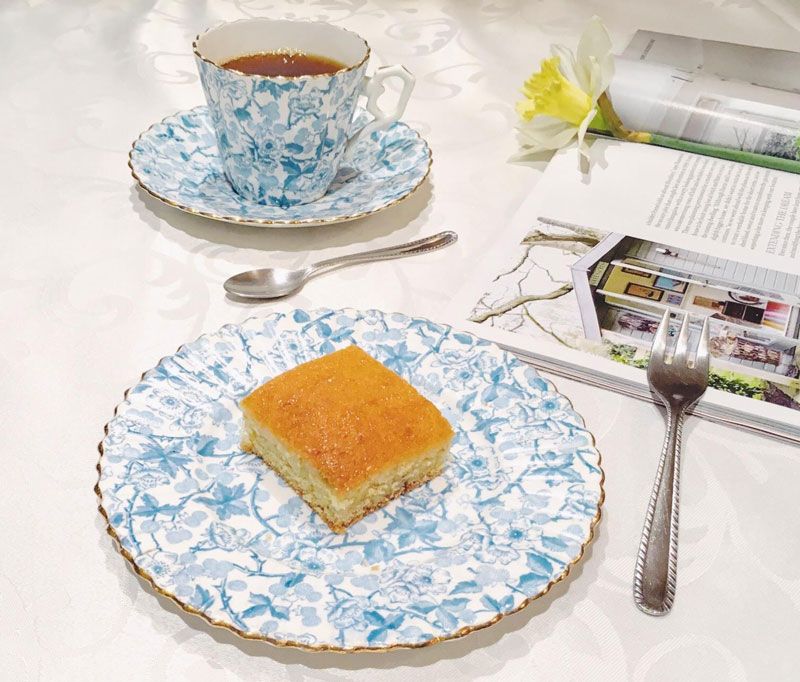
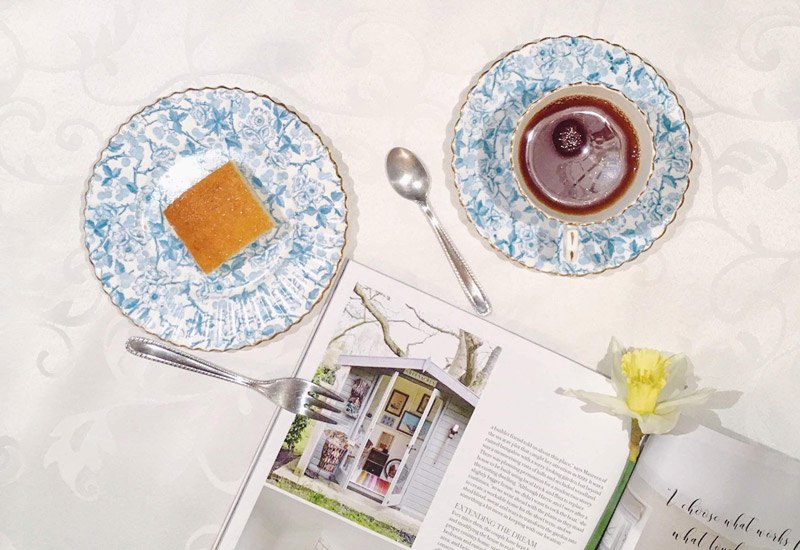
Recipes to try:
Victoria Sandwich (Sponge)
115g butter
115g flour
115g caster sugar
1 teaspoon baking powder
2 eggs
Pinch of salt
Filling
100g butter
Icing sugar
Strawberry or raspberry jam
You can make the cake either as per the old or the new method. I made mine as per the old method, meaning mixing the egg yolks with the sugar and butter and pinch of salt. Then Added the flour with the baking powder gradually and then the folded in the whisked egg whites.
I pre-heated the oven (fan) to 170C and bake it for 20-30 minutes. Once done, I removed it from the oven and set it aside to cool.
While it was cooling, I prepared the buttercream. To get a fluffy buttercream, beat the butter for minutes with a hand mixer and then gradually add the icing sugar. How much, I can’t tell as it is down to your own taste.
Once the cake has cooled, I cut it into two halves, spread one with the buttercream and jam and sandwich them together. I skip the icing sugar dusting on the top (personal preference) and served it with tea.
Lemon drizzle
115g butter
115g sugar
115g flour
1 teaspoon baking powder
2 eggs
2 tablespoon milk
Zest of a lemon
Icing
Juice of 1 or 2 lemons
sugar
Making a lemon drizzle is even simpler. Mix the ingredients in a bowl for 2 minutes, then transfer the mixture into a baking tray and bake it for 25-30 minutes in a pre-heated oven, 160C fan.
While the cake is baking, mix the sugar and the lemon juice. How much sugar it is really up to you. In some places a lemon drizzle has an icing on the top, but I am not a fan of that. I normally use only a small amount as I prefer to have a bit of sharpness. That is the whole idea by the way – to get a nice, refreshing, zingy flavour.
Let the cake cool for a while, but make sure when you spoon the lemon juice on the cake, it is still warm. Voi la! Ready.
Enjoy!


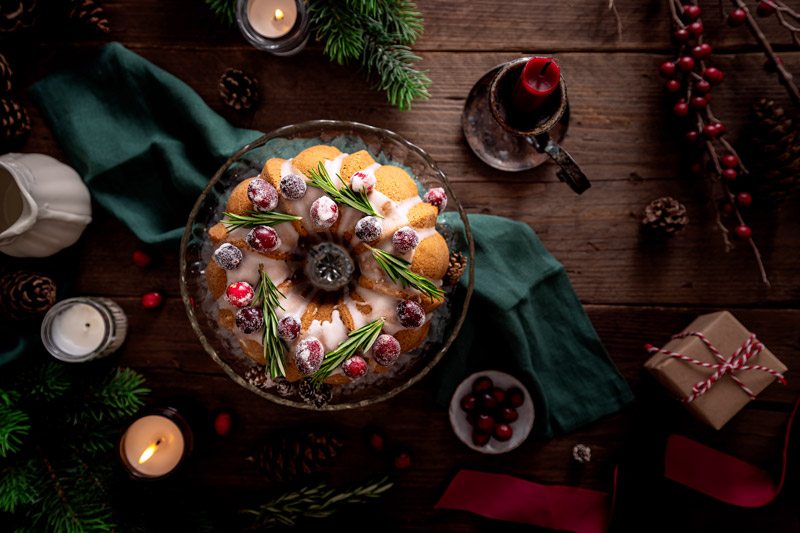
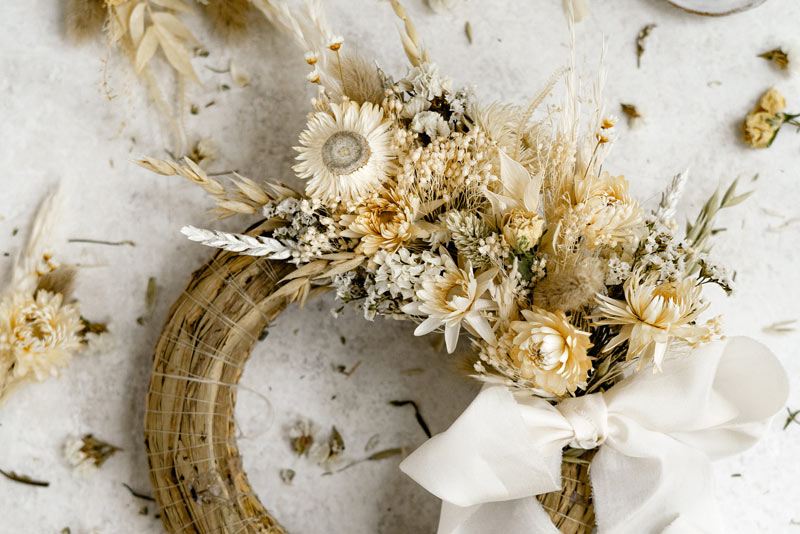
Excellent recipe for a newbie to baking. Is it normal for an oven to lose 10 degrees
Celsius just through opening the door to pop cake mixture in? I suppose one should
allow for this in the cooking time.
Thank you and yes, if you would like to.